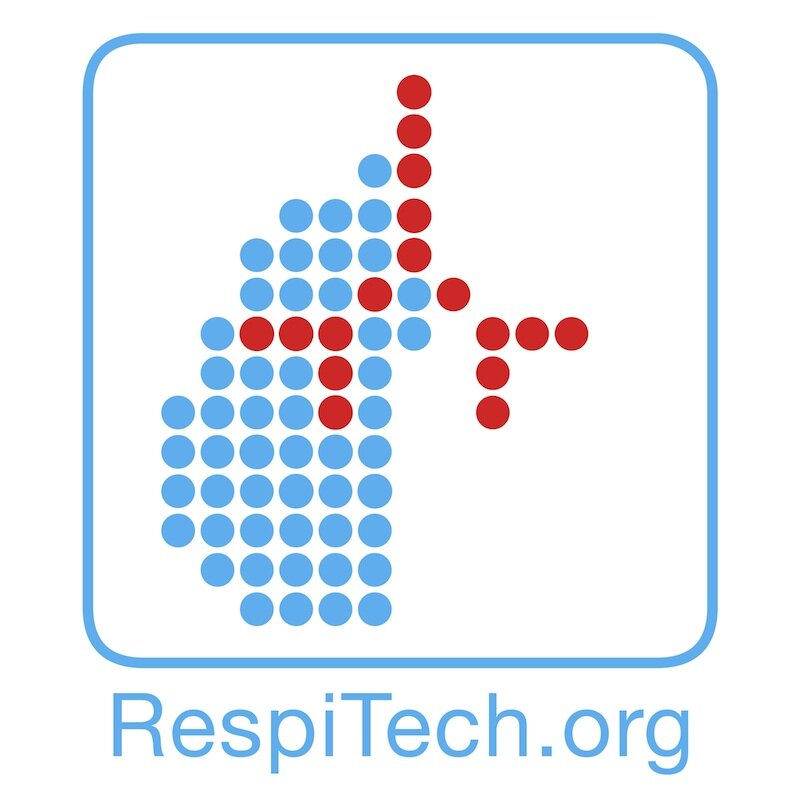Delivery of pDNA to lung epithelial cells using PLGA nanoparticles formulated with a cell-penetrating peptide: understanding the intracellular fate.
Gomes Dos Reis, L., Lee, WH., Svolos, M., Moir, L., Jabe, R., Winhab, N., Young, PM., Traini, D. (2020)
Abstract
The combination of nanoparticles (NPs) and cell-penetrating peptide (CPP) represents a new opportunity to develop plasmid DNA (pDNA) delivery systems with desirable properties for lung delivery. In this study, poly(lactide-co-glycolide) (PLGA) NPs containing pDNA were formulated with and without CPP using a double-emulsion technique. NPs were characterized in regards of size, surface charge, release profile, pDNA encapsulation efficiency and pDNA integrity. Cellular uptake, intracellular trafficking, uptake mechanism and pDNA expression were assessed in both A549 and Beas-2B cells. Manufactured PLGA-NPs efficiently encapsulated pDNA with approximately 50% released in the first 24 h of incubation. Addition of CPP was essential to promote NP internalization in both cell lines, with 83.85 ± 1.2% and 96.76 ± 1.7% of Beas-2B and A549 cells, respectively, with internalized NP–DNA–CPP after 3 h of incubation. Internalization appears to occur mainly via clathrin-mediated endocytosis, with other pathways also being used by the different cell lines. An endosomal-escape mechanism seems to happen in both cell lines, and eGFP expression was observed in Beas-2B after 96 h of incubation. In summary, the NP–DNA–CPP delivery system efficiently encapsulated and protected pDNA structure and is being investigated as a promising tool for gene delivery to the lungs.
